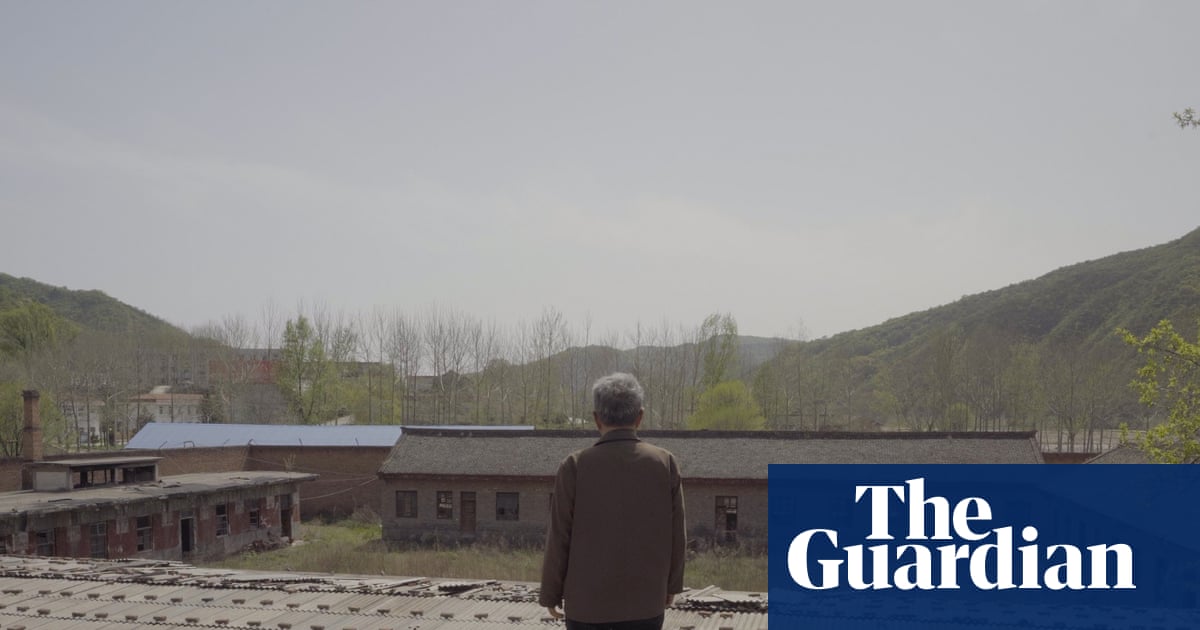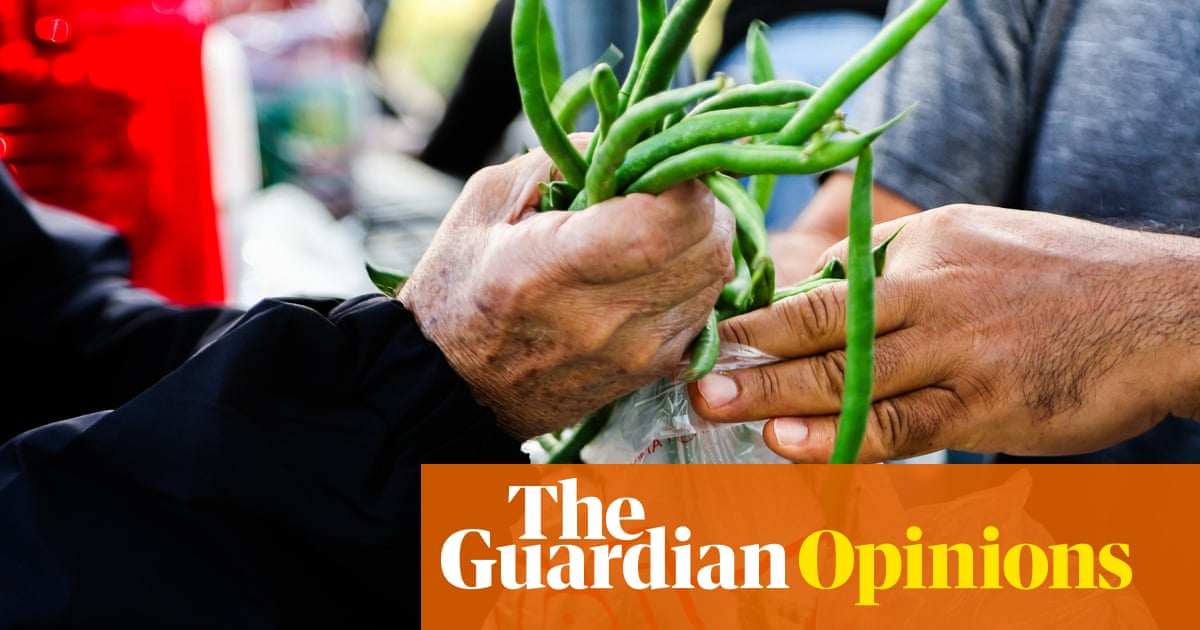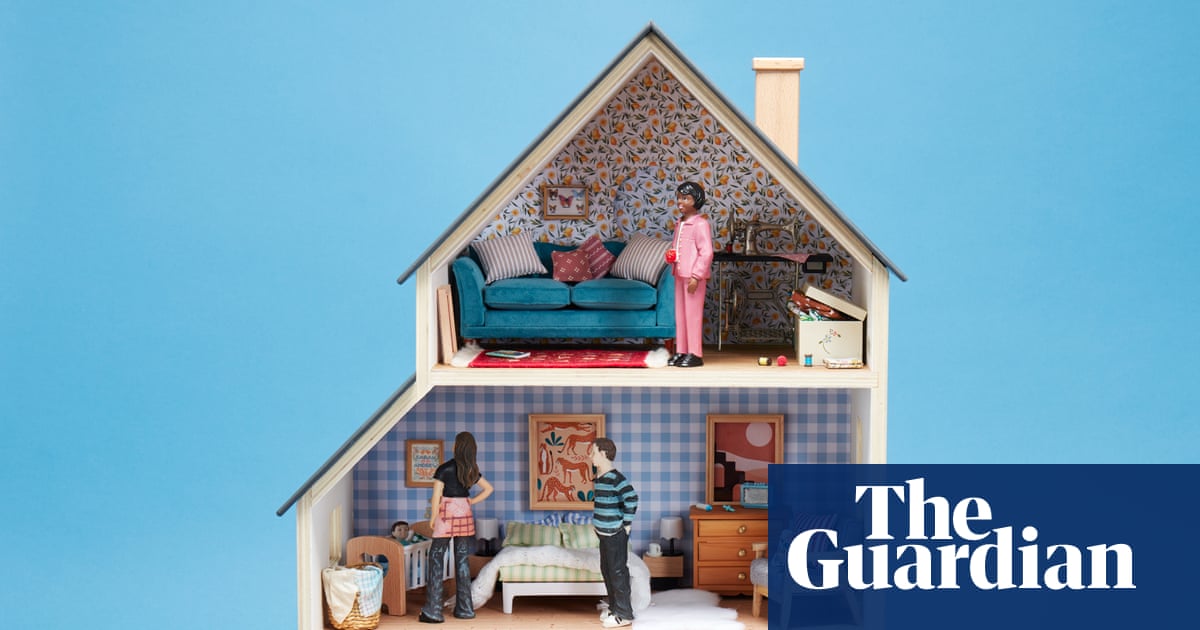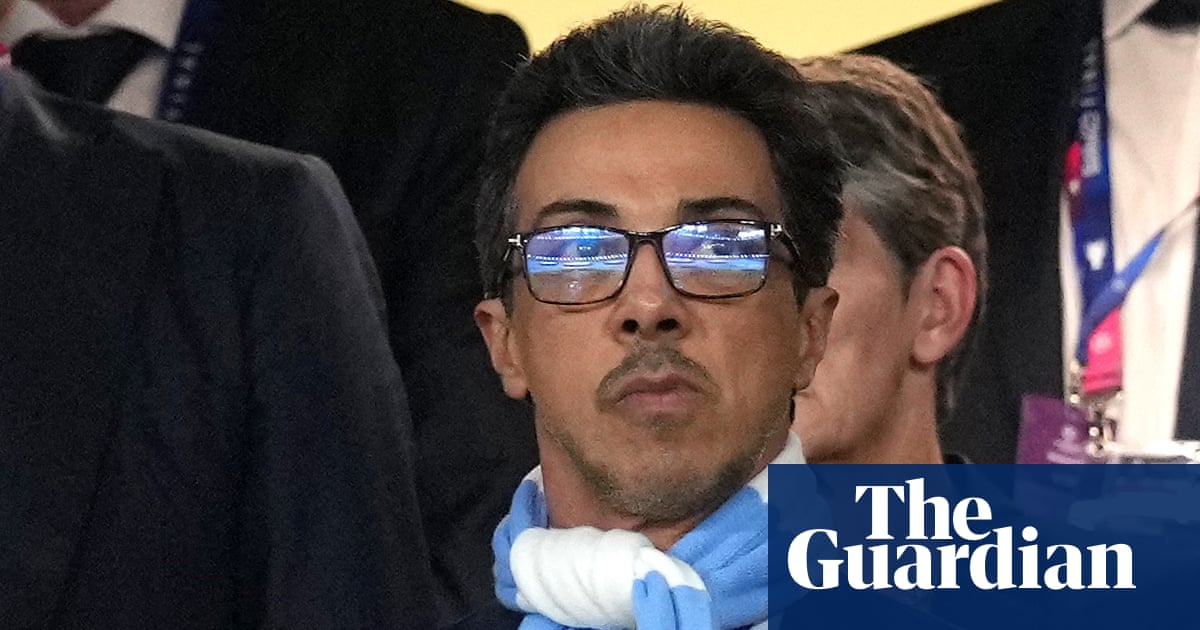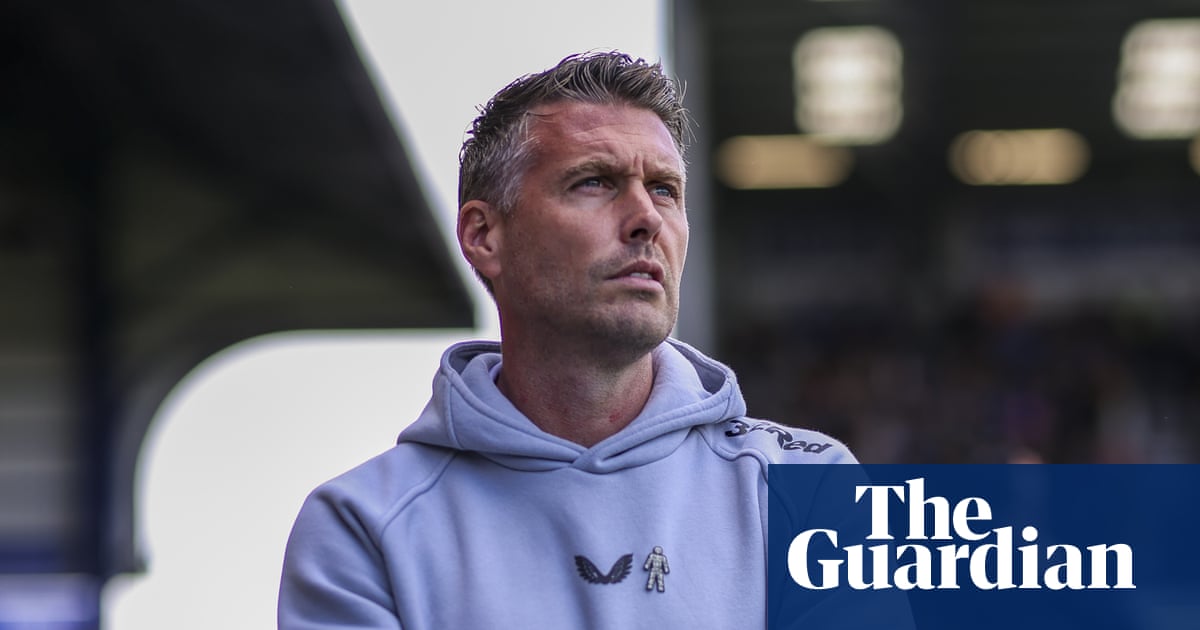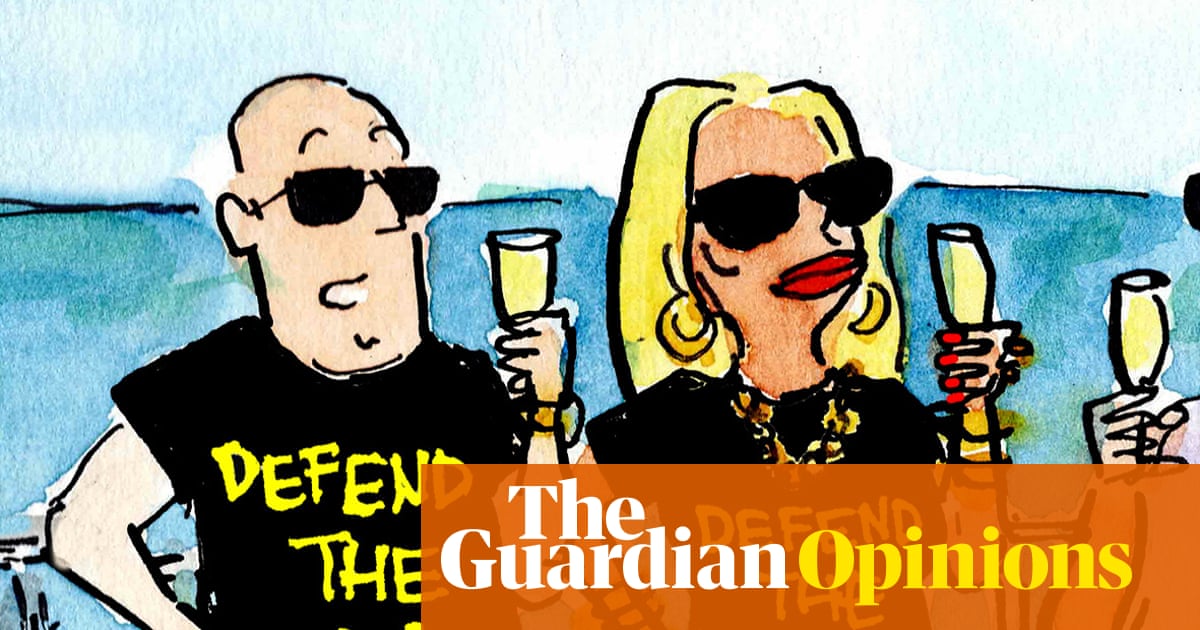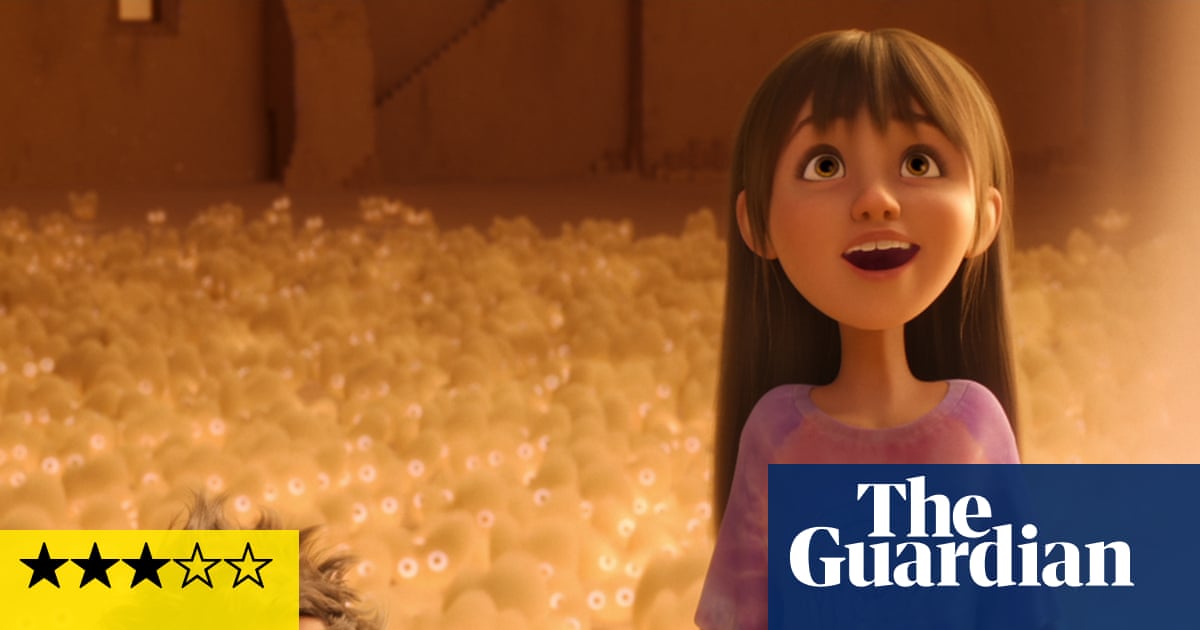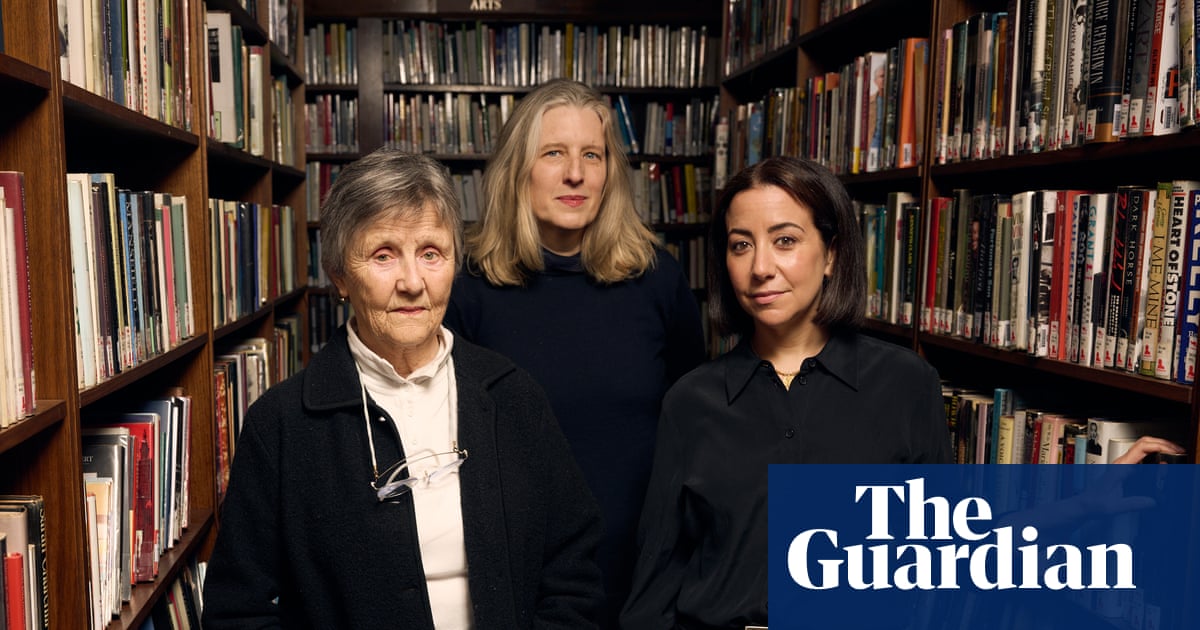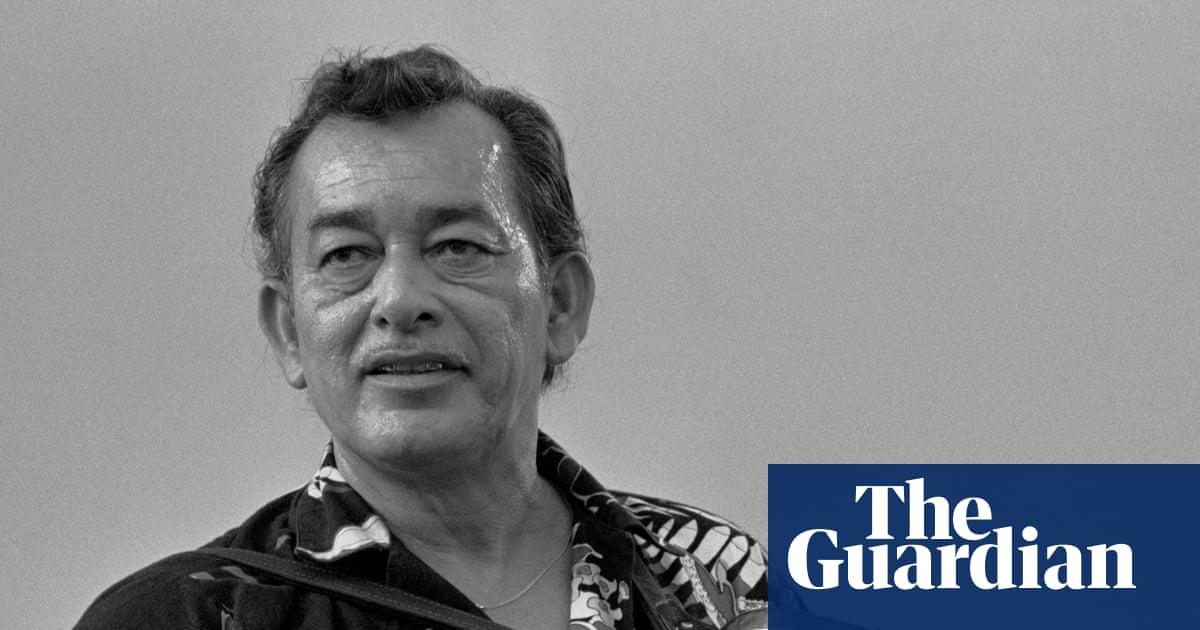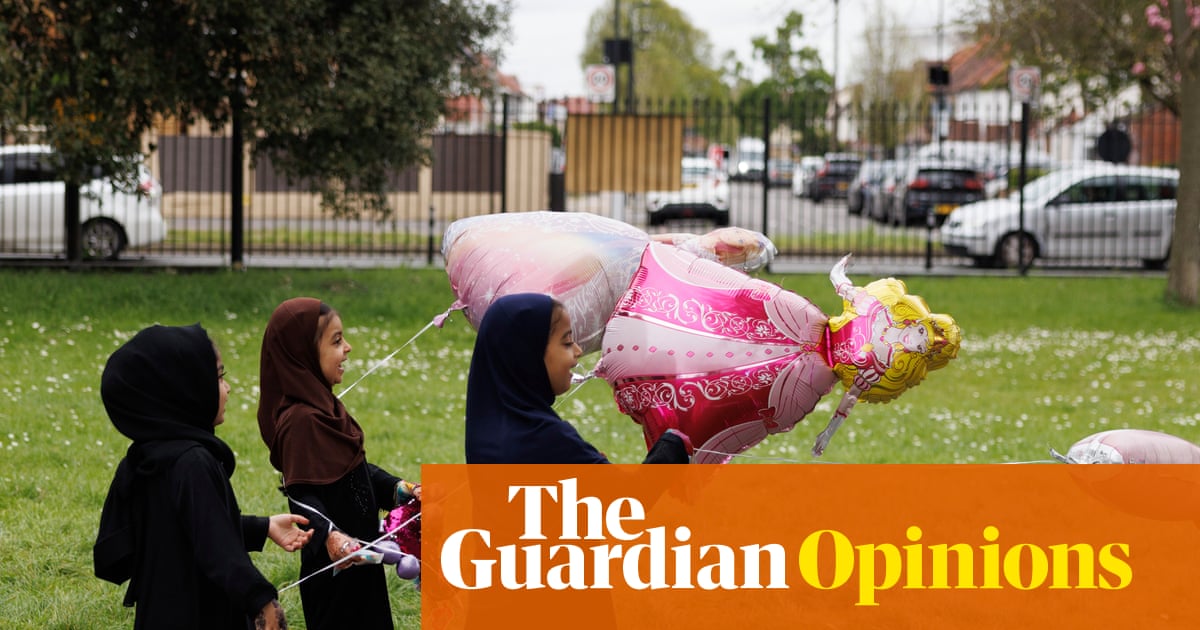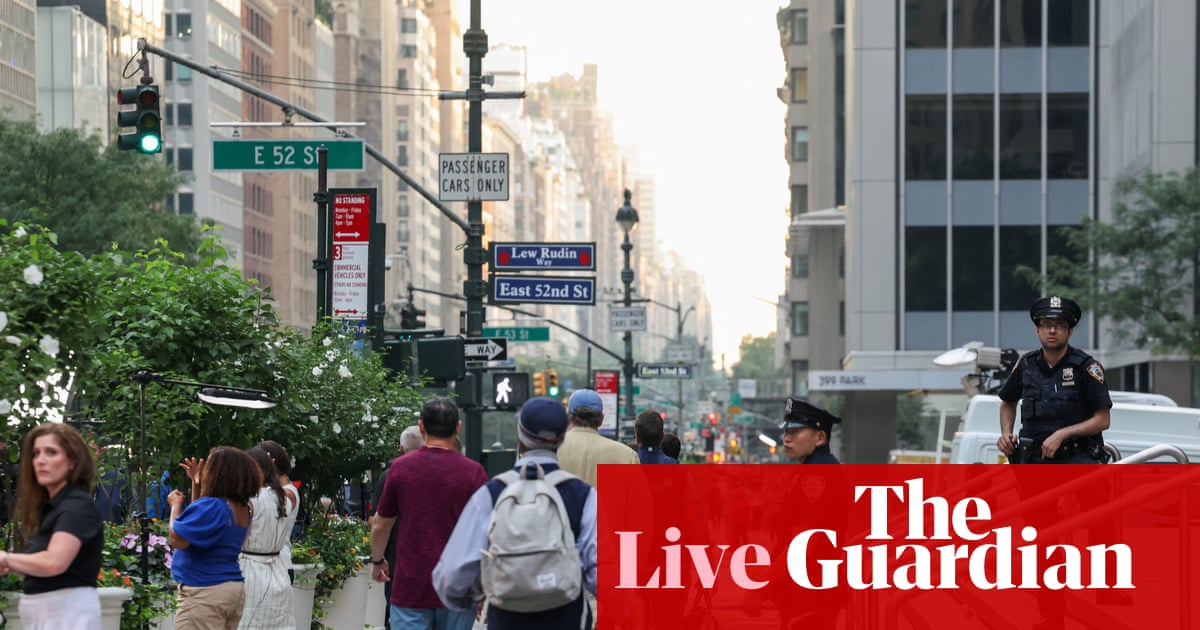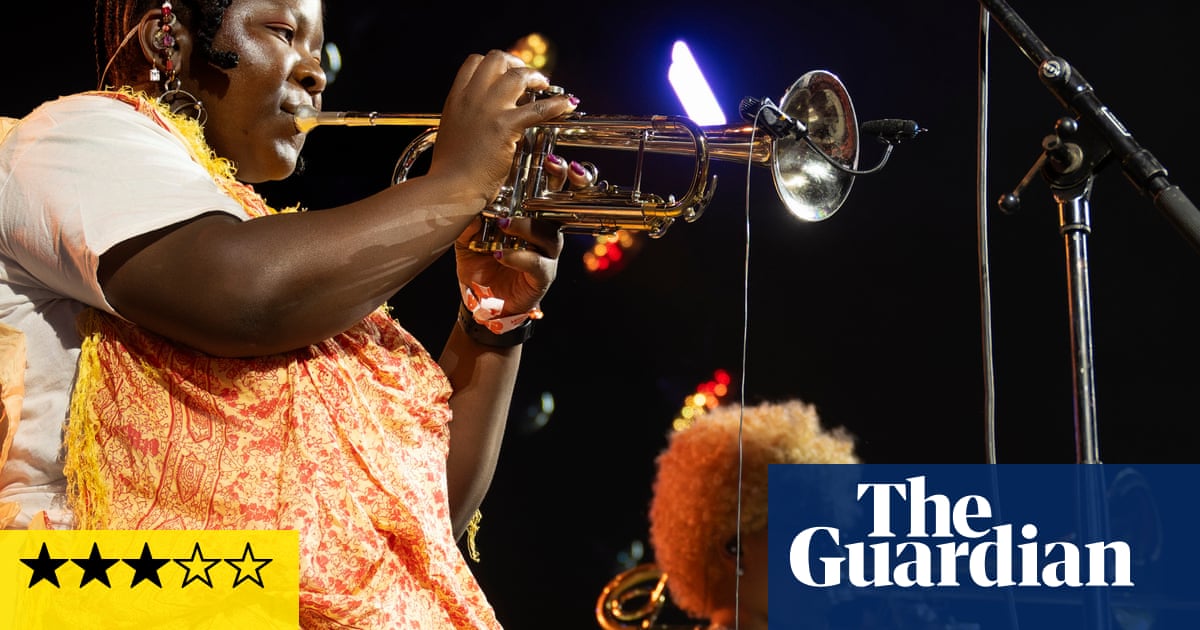Immersive installations could be a gateway into the world of visual arts for young people, according to George the Poet, who said the new technology removes traditional barriers that have historically excluded certain groups.
George the Poet, the award-winning podcaster and spoken-word performer, has worked with a group of young people from the Mayor of London’s violence reduction unit, who he helped reinterpret classic works of art.
The Scream by Edvard Munch, Christ in the Storm on the Sea of Galilee by Rembrandt, the Great Wave off Kanagawa by Hokusai and The Garden of Earthly Delights by Hieronymus Bosch will all be shown during the summer as part of Art of Expression in Frameless, an immersive art space in London.
He said: “When it comes to immersive art, there are no barriers to entry. You don’t need a language for this. It’s accessible in many ways.
“Sometimes it gets exhausting reading all of the texts of all the artworks that you find interesting. But in an immersive setting, you literally come and sit in some art.”
George the Poet chose Reflections on the Thames by John Atkinson Grimshaw, the enduring image of the moonlit river that runs through the centre of London.
Alongside the immersive artwork that will be projected on to the walls, ceiling and floor of the space, are spoken-word pieces about the paintings, which were developed during workshops.
The poet, who has worked with offenders in prison, believes art can broaden horizons.
He said: “A lot of the conflict that I saw growing up was exacerbated by the feeling of not being able to leave the community, not being able to see beyond our immediate environment. One way to combat that is to invite new experiences.”
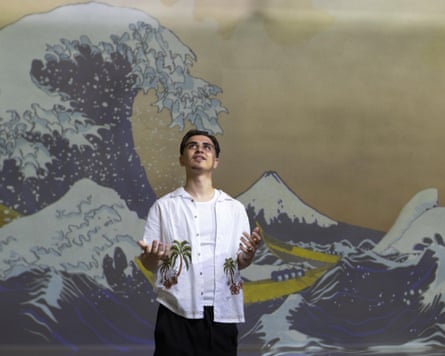
A new piece of research was commissioned as part of the project, which surveyed 2,000 young people, asking them about their views on art and accessibility.
It found that almost two-thirds of young people want more access to art, while a quarter said that art galleries “can be intimidating”.
Nearly half said that historical art is not relevant to their modern lives, and when asked if they considered a career in the arts, 40% stated they did “not know where to start”.
Tafari Clarke, a member of the Young People’s Action Group at the violence reduction unit, said: “Being an artist isn’t really glamorised like being a lawyer or being a footballer. For me, art was definitely outside the box.”
after newsletter promotion
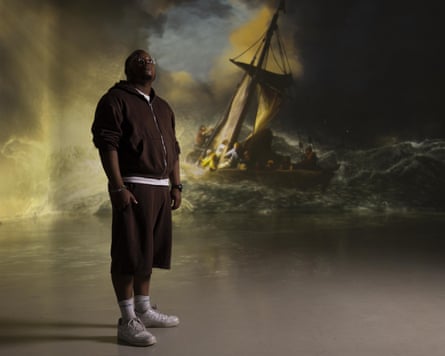
Access to the arts differs greatly depending on someone’s class background.
Sutton Trust research released last year found the creative industries were dominated by people from the most affluent backgrounds, which it defined as those from “upper middle-class backgrounds”, while a Netflix report claimed working-class parents did not see film and TV as a viable career for their children.
The proportion of working-class actors, musicians and writers has shrunk by half since the 1970s, according to one piece of research, while another study found fewer than one in 10 arts workers in the UK had working-class roots.
Guardian analysis from earlier this year found that almost a third (30%) of artistic directors and other creative leaders were privately educated, compared with a national average of just 7%.
George the Poet said improving access to the arts is beneficial for young people and arts institutions themselves. “When you give a young person the confidence to explore their own artistic interests, it does untold things for their mental health, it has untold benefits for their confidence and their ability to express themselves,” he said.
“And then with these institutions, it brings them into the future. The future is our young people. And if our young people don’t feel like they are custodians of these arts and these institutions, then it seems to me we would be moving backwards.”

 3 months ago
89
3 months ago
89



